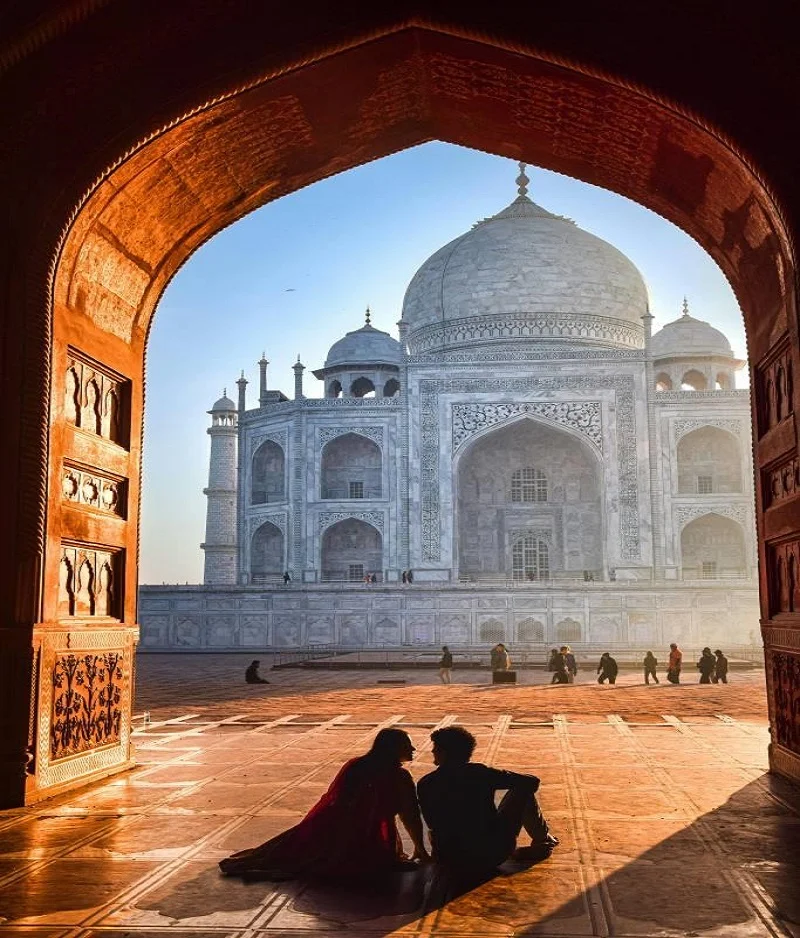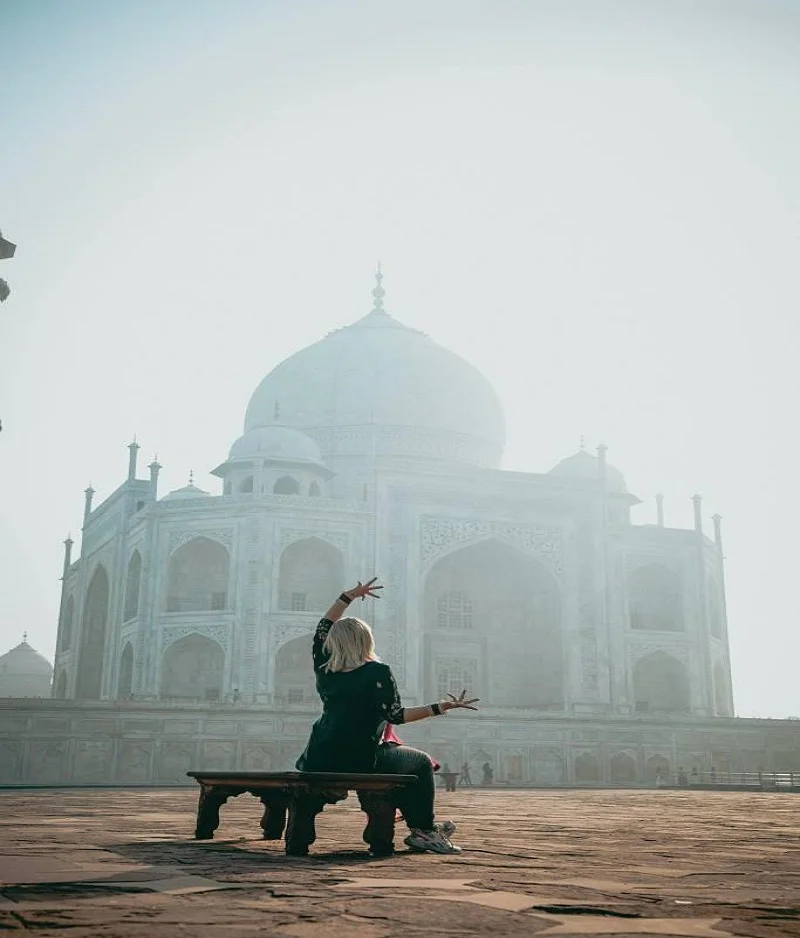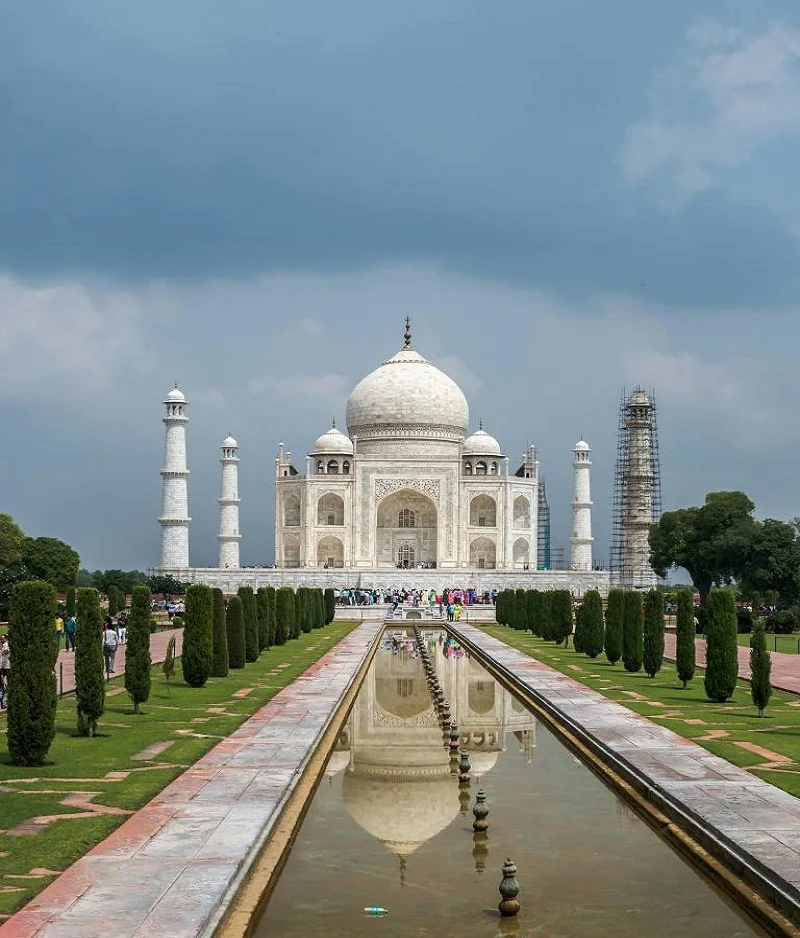Emperor Shah Jahan, who commissioned the construction of the Taj’, asked to produce it also as a symbol of solemnity, harmony, chastity and church as well.

Destinations
Here Is Beautiful History of Taj Mahal
Who could ever suppose that an eternal love leading to the saga of horizonless thrall can evolve out of a desert-like land and would blossom to be the reason to gift our world a lyric-in-marble, The Taj!
.
No image of The Taj, neither on canvass nor on celluloid, can adequately express its abstract imaginary nor convey the legend, the poetry and the love that shrouds what Rabindranath Tagore calls``a teardrop on the impertinence of time``.
The Taj Mahal, a spectacle in white marble, unequaled in the majesty that depicts the sheer substance of a period. The stupendous structure, the monument of love that Mughal Emperor Shah Jahan gave to the world, stands as a evidence of his violent love for his woman Mumtaz Mahal.
It's a love celebrated in marble and glorified with precious and semi-precious monuments and that’s the way to appreciate it!
Uttar Pradesh, the Land of The Taj is rich in its artistic heritage and has always been a prominent arena of politics since the ancient times. Agra, the City of The Taj and once the capital of the Mughal Empire during the 16th through the early 18th centuries, enjoys a close propinquity to the National Capital City of New Delhi.
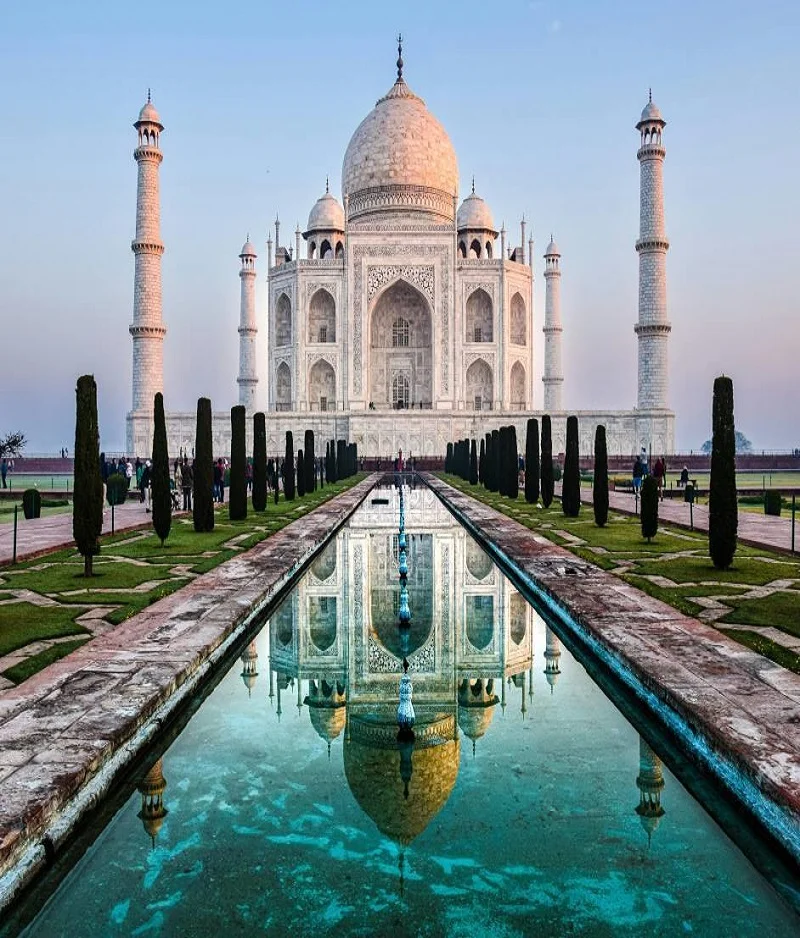
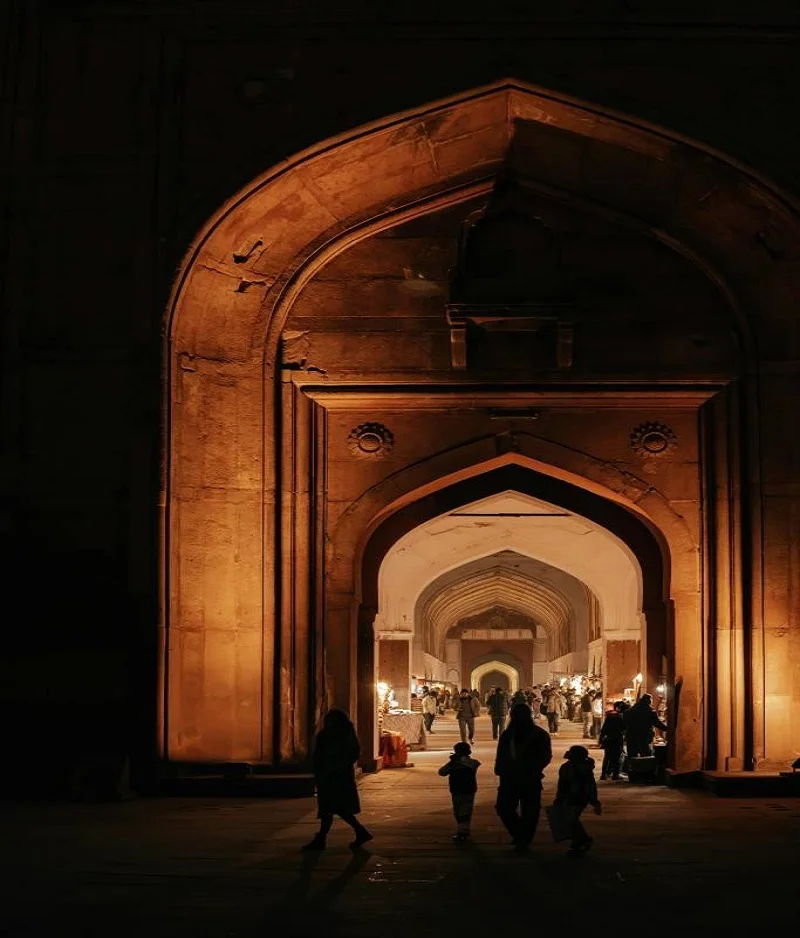
Excursionists from each over the world visit Agra to make a passage to Taj Mahal
India’s - most notorious architectural wonder, in a land where magnific tabernacles and edifices pullulate to remind callers about the rich civilization of a country that's sluggishly purely surely lifting itself into an industrialized society as well.
Taj
Mahal - means``Crown Palace``and is in fact the most well saved and architecturally beautiful grave in the world. The English minstrel, Sir Edwin Arnold has described The Taj as``Not a piece of armature, as other structures are, but the proud heartstrings of an emperor’s love wrought in living monuments.``
It's a love celebrated in marble and glorified with precious andsemi-precious monuments and that’s the way to appreciate it!.
Taj Mahal stands on the bank of River Yamuna, which else serves as a wide most defending the Great Red Fort of Agra, the center of the Mughal emperors until they moved their capital to Delhi in 1637. It was erected by the fifth Mughal emperor, Shah Jahan in 1631 in memory of his third but the most favourite woman, in fact a soul- mate Mumtaz Mahal, a Muslim Persian queen. She failed while accompanying her hubby in Burhanpur in a crusade to crush a rebellion after giving birth to their 13th child. The death so crushed the emperor that all his hair and beard were said to have grown snow white in a many months.
When Mumtaz Mahal was still alive, she uprooted four pledges from the emperor first, that he make the Taj; second, that he should marry again; third, that he be kind to their children; and fourth, that he visit the grave on her death anniversary. Still, due to ill health and being under house arrest by his own son and successor to the throne, Aurangzeb, barred him from continue to keep the last pledge.
The Taj rises on a high red sandstone base outgunned by a huge white marble sundeck on which rests the notorious pate adjoined by four tapering minarets. Within the pate lies the jewel-inlaid marker of the queen. So exquisite is the workmanship that the Taj has been described as`` having been designed by titans and finished by jewellers``. The only asymmetrical object in the Taj is the casket of the emperor which was erected beside the queen’s as an afterthought.
Legend has it that during his eight times long disease and imprisonment, Shah Jahan used to intensly view The Taj lying on the bed through a diamond fixed in the wall in front at a particular angle. WOW!!!
As a homage to a woman of fantastic beauty and as a monument of a love story, which is keeping us occupied indeed when we're reading through these runners then, truely an ever- lasting love of a love not ended as yet, the Taj reveals its craft to its beholder!
.
The blockish base of Taj is in itself emblematic of the different sides from which to view a beautiful woman. The main gate is like a robe to a woman’s face which should be lifted delicately, gently and without haste on the marriage night. In Indian tradition the robe is lifted gently to reveal the beauty of the bridegroom. As one stands inside the main gate of Taj, his eyes are directed to an bow which frames the Taj.
The pate is made of white marble, but the grave is set against the plain across the swash and it's this background that works its magic of colours that, through their reflection, change the view of the Taj. The colours change at different hours of the day and during different seasons.
The Taj sparkles like a jewel in moonlight when thesemi-precious monuments inlaid into the white marble on the main tomb catch and reflect back its gleam with a better radiance. The Taj is pinkish in the morning, milky white in the evening and golden when the moon shines. These changes, they say, depict the different moods of a beauty of any kind.
Different people have different views of the Taj but it would be enough to say that the Taj has a life of its own that hops out of marble. A masterpiece of the art and wisdom of armature, a representative of an period called The Mughal Period surpassing any authority to add orde-add anything in any sense in or out of the Taj!
.
The Taj Mahal stands altitudinous with grace isn't just a parable epitome of emotional & eternal love between a man and a woman but for other reasons too,
The Taj isn’t simply a monument of grace and quality alone. It is, in fact, a communication to all humanity that “ Pure love is the soul of life”.
The Taj is a memorial for all humanity about the widely accepted but not so well practiced conception of‘Love & Peace’, the substance of the paradise, free from conflicts of races and geographical boundaries is important to be observed solemnly.
The Taj is simply a majestic homage to a fantastic beauty!
The saga of The Taj would be partially told if the myths related to it aren’t mentioned. Like many great structures the Taj Mahal has its myths and legends. It seems that there’s further fabrication on the Taj than serious scholarly exploration. Several of the stories belong solely to oral tradition and are told by the attendants, some are so established that they form a popular history of the monument and have made their way into guidebooks, and some have been taken up by scholars, or indeed created by them, and therefore come part of the scholarly debate.
Fact
To the last order belong the oldest tales of the Taj. Then the most extensively known is the story of the alternate Taj, the black Taj’, which Shah Jahan intended to make in black marble opposite the present tomb, on the point of the Mahtab Bagh. It goes back to Jean-Baptiste Tavernier who, when at Agra in 1665 Announcement, reported that Shahjahan began to erected his own grave on the other side of the swash, but the war with his sons intruded his plan, and Aurangzeb, who reigns at present, isn’t disposed to complete it. Shah Jahan was put under house arrest by his own son and successor by force, Aurangzeb. The ultimate didn’t agree with his father on utmost issues and was particularly opposed to him erecting a black Taj as his own tomb.
Upon Shah Jahan’s death, Aurangzeb made the body of the Emperor, who got the body of his cherished Mumtaz in a golden casket from Burhanpur to Agra, carried in a boat by only two men and buried him in the Taj, coming to his woman in presumably the simplest manner.
Shah Jahan, the Emperor, who fulfilled the wishes of his cherished, couldn’t find fulfillment of his own want to make a Black Taj to express his mourning for the cherished Queen Mumtaz Mahal indeed after his death. That was the serenity in the chastity of love.
Legend has it that during his eight times long diseases and imprisonment, Shah Jahan used to intensely view The Taj lying on the bed through a diamond fixed in the wall in front at a particular angle, WOW!!!
.
As a homage to a woman of fantastic beauty and as a monument of a love story, which is keeping us occupied indeed when we’re reading through these runners then, truely an ever- lasting love of a love not ended as yet, the Taj reveals its craft to its Beholder! Come!! Be Thy One!!!


